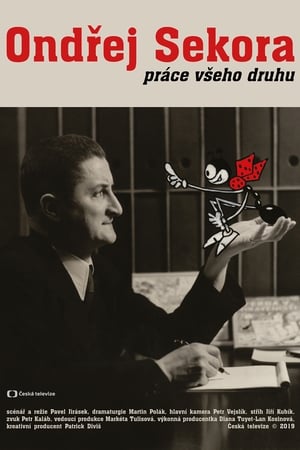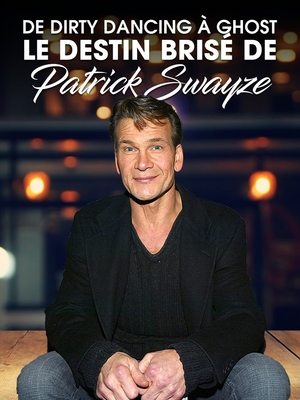

Vyznavač snov(1970)
Movie: Vyznavač snov
Top 2 Billed Cast
Narrator (voice)

Vyznavač snov
HomePage
Overview
Release Date
1970-01-01
Average
0
Rating:
0.0 startsTagline
Genres
Languages:
SlovenčinaKeywords
Similar Movies
 8.0
8.0Kunst als Waffe - John Heartfield(de)
With a pair of scissors and some paper, he turned his art into a weapon the Nazis feared. A look back at the eventful career of satirist John Heartfield (1891-1968), pioneer of photomontage and modern graphic design.
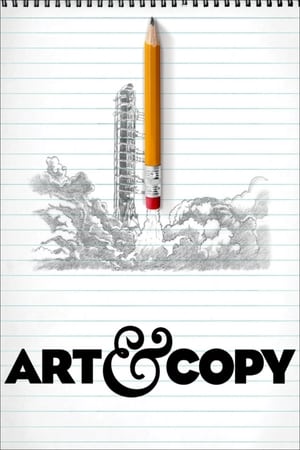 6.9
6.9Art & Copy(en)
The personal odysseys of some of the most influential advertising visionaries of all time and the stories behind their campaigns.
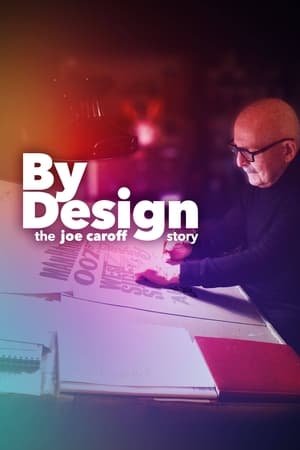 6.5
6.5By Design: The Joe Caroff Story(en)
He may not be household name, but Joe Caroff is one the most influential graphic designers of the 20th century. His work is a history of the pop culture of our time: from iconic corporate logos (like ABC News and ORION Pictures) and book jackets (Norman Mailer’s The Naked and the Dead) to some of the most instantly recognizable “title treatments” for such classics as WEST SIDE STORY, A HARD DAY'S NIGHT, CABARET, LAST TANGO IN PARIS, MANHATTAN, and the James Bond gun logo. Caroff’s story is told by the centenarian himself, with reminiscences of growing up during the Depression and service in WWII, along with interviews with Phyliss Caroff, his wife of over 70 years, producer Mike Medavoy, and others.
 5.0
5.0Mucha: The Story of an Artist Who Created a Style(cs)
Czech painter and illustrator Alphonse Mucha (1860-1939) ranks among the pioneers of the Art Nouveau movement at the end of the 19th century. Virtually overnight, he becomes famous in Paris thanks to the posters that he designs to announce actress Sarah Bernhardt’s plays. But at the height of his fame, Mucha decides to leave Paris to realize his lifetime project.
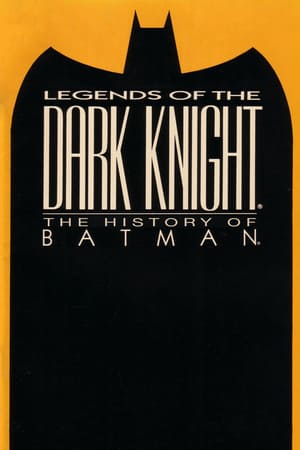 7.0
7.0Legends of the Dark Knight: The History of Batman(en)
A brief history of the DC Comics character Batman, created by Bob Kane in 1939.
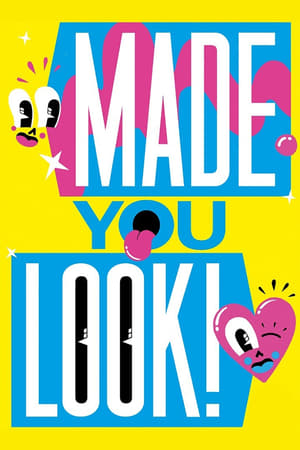 0.0
0.0Made You Look(en)
The last 15 years has seen a boom in the UK graphic arts and illustration industry, with a DIY scene emerging and prospering alongside new and affordable leaps in technology. So much of our lives is now spent in the virtual digital realm, so what will become of the tactile objects we all hold so dear? Will we see books disappear in our lifetime?
 6.9
6.9Olympia: Part One – Festival of the Nations(de)
Commissioned to make a propaganda film about the 1936 Olympic Games in Germany, director Leni Riefenstahl created a celebration of the human form. This first half of her two-part film opens with a renowned introduction that compares modern Olympians to classical Greek heroes, then goes on to provide thrilling in-the-moment coverage of some of the games' most celebrated moments, including African-American athlete Jesse Owens winning a then-unprecedented four gold medals.
 6.7
6.7Olympia: Part Two – Festival of Beauty(de)
Commissioned to make a propaganda film about the 1936 Olympic Games in Germany, director Leni Riefenstahl created a celebration of the human form. Where the two-part epic's first half, Festival of the Nations, focused on the international aspects of the 1936 Olympic Games held in Berlin, part two, The Festival of Beauty, concentrates on individual athletes such as equestrians, gymnasts, and swimmers, climaxing with American Glenn Morris' performance in the decathalon and the games' majestic closing ceremonies.
 6.7
6.7Workers Leaving the Lumière Factory(fr)
Working men and women leave through the main gate of the Lumière factory in Lyon, France. Filmed on 22 March 1895, it is often referred to as the first real motion picture ever made, although Louis Le Prince's 1888 Roundhay Garden Scene pre-dated it by seven years. Three separate versions of this film exist, which differ from one another in numerous ways. The first version features a carriage drawn by one horse, while in the second version the carriage is drawn by two horses, and there is no carriage at all in the third version. The clothing style is also different between the three versions, demonstrating the different seasons in which each was filmed. This film was made in the 35 mm format with an aspect ratio of 1.33:1, and at a speed of 16 frames per second. At that rate, the 17 meters of film length provided a duration of 46 seconds, holding a total of 800 frames.
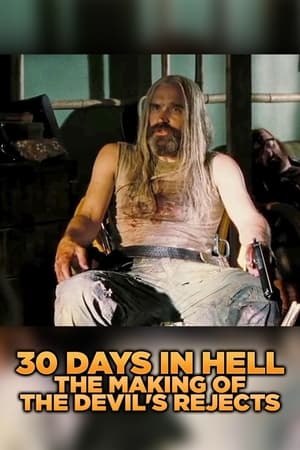 6.0
6.030 Days in Hell: The Making of 'The Devil's Rejects'(en)
An exhaustive, detailed documentary on the 30-day film shoot of "The Devil's Rejects"
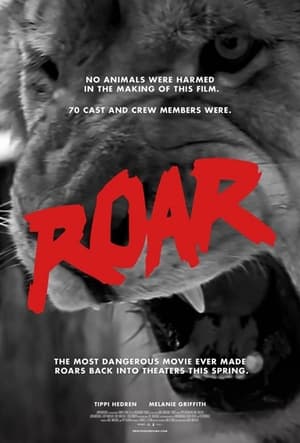 0.0
0.0The Making of Roar(en)
A production of Roar (1981) had special demands on both cast and crew. Learn about this incredible film and about the amazing people who made ROAR possible.
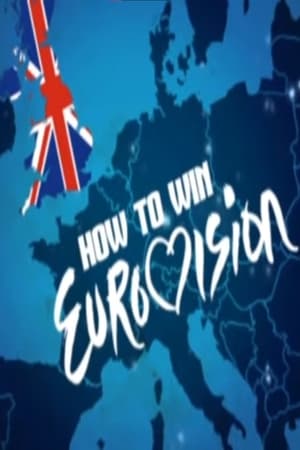 0.0
0.0How to Win Eurovision(en)
Greg James and Russell Kane present a look at all the ingredients needed to become a Eurovision winner, celebrating the UK's successes and also its hall of shame.
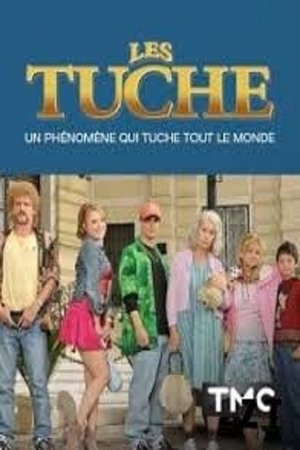 7.2
7.2Les Tuche : un phénomène qui tuche tout le monde(fr)
The phenomenon took everyone by surprise. In the span of three years, despite the mixed reception from the press upon its release in 2011, the Tuche family, a group of eccentric unemployed individuals, found a place in the hearts of the audience. With over eight million viewers during the television broadcast of the first installment and 4.6 million box office admissions for the second part, it became the biggest French success of 2016. The Tuche family has become a phenomenon. Word of mouth gave the film a second life beyond theaters, turning this tribe into the most popular family in French cinema.
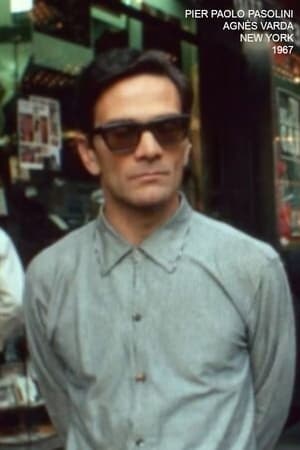 7.1
7.1Pier Paolo Pasolini - Agnès Varda - New York - 1967(fr)
Holding her 16mm camera, an optical prosthesis for a 20th-century stroller, Agnès Varda filmed 42nd Street in NYC in 1967, filming crowds of passers-by to the beat of the Doors. Recovered from the French director's boxes, with images of Varda, Pasolini and New York. Pasolini is shown walking in the Big Apple (where he went to present 'Hawks and Sparrows').
 6.5
6.5When Eurovision Goes Horribly Wrong(en)
Angela Rippon presents a guide to some of the Eurovision Song Contest's most disastrous moments. Including the kiss that ruined the chances of Danish singer Birthe Wilke.

